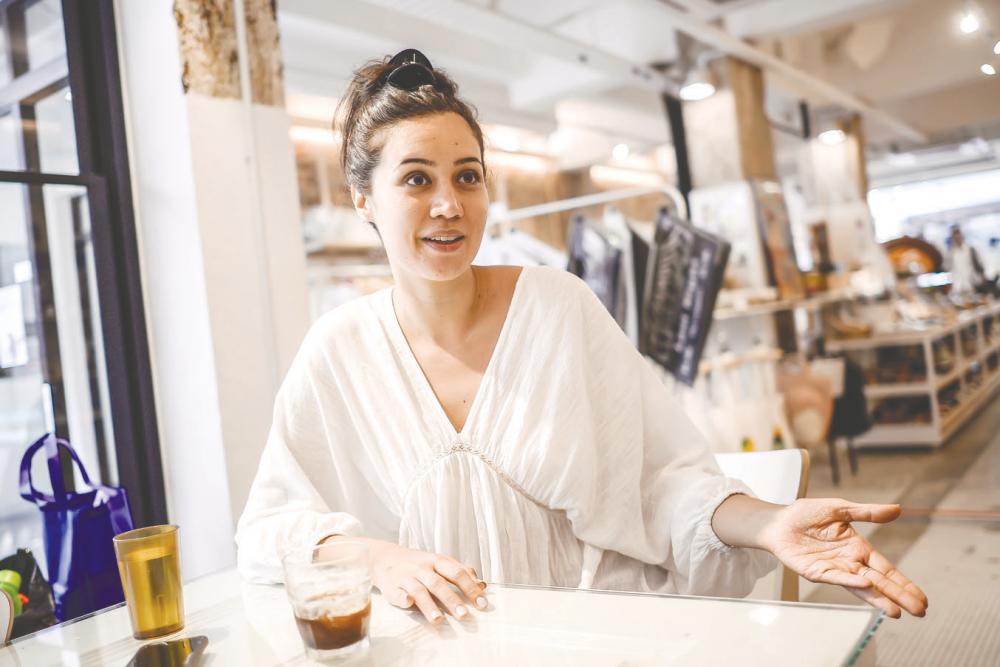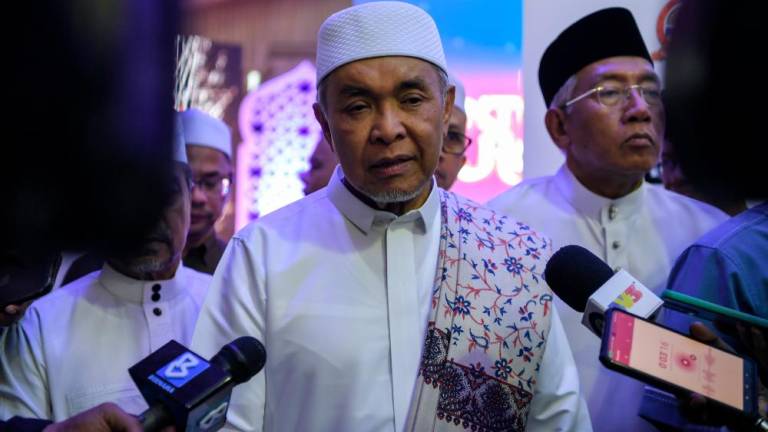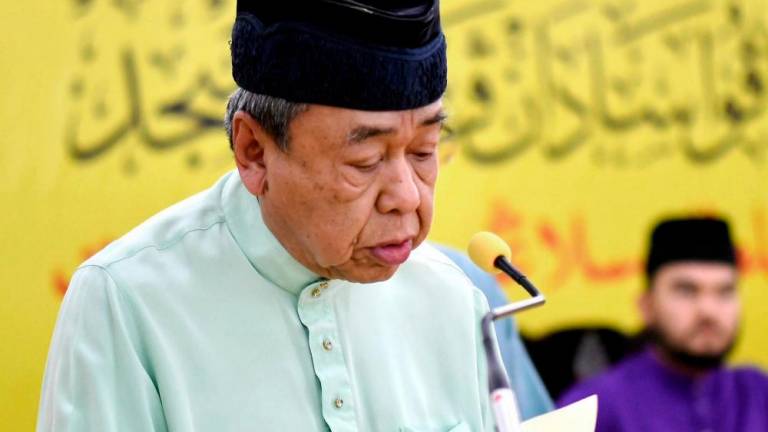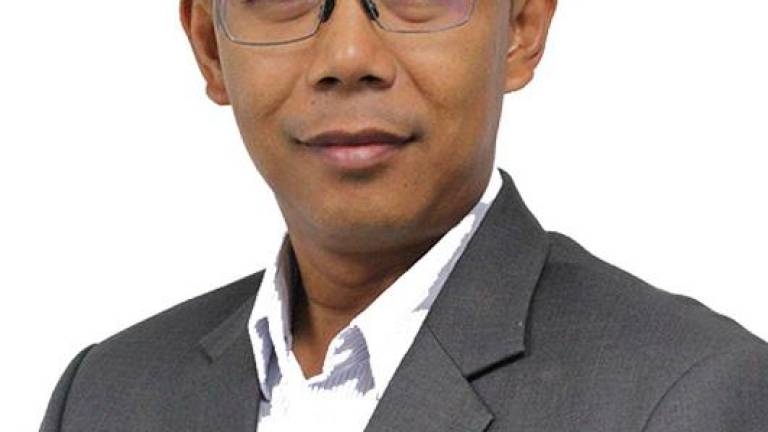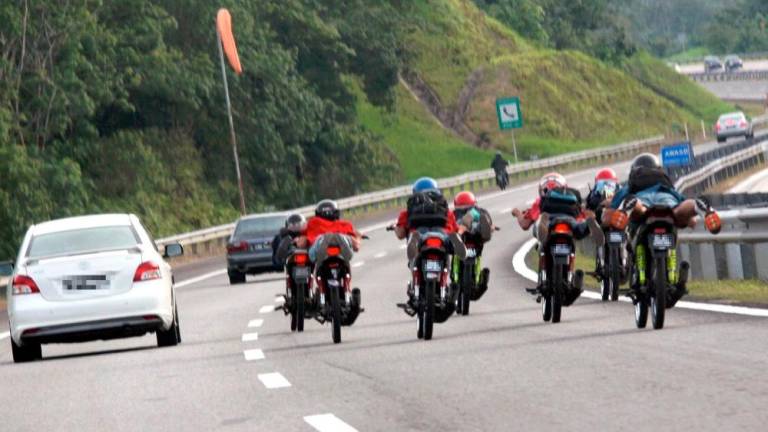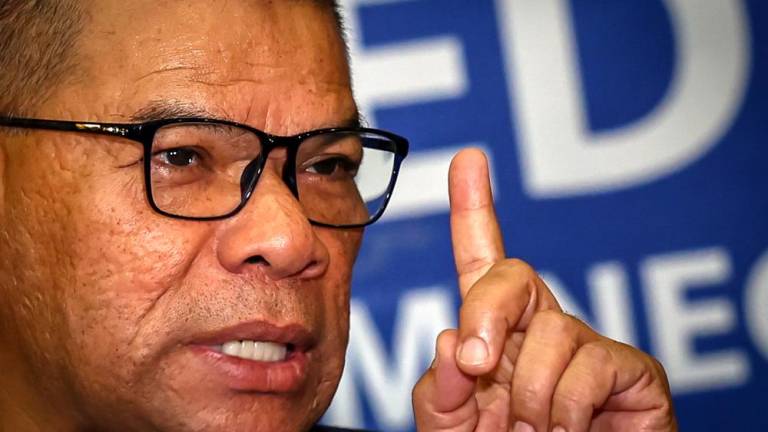ALENA Murang was nine years old when she started taking classical guitar lessons. As with other children her age, there were days when she hated going for lessons.
But she never really thought that she would be a professional musician, nor that another string instrument, the sape (a traditional four-string instrument from Sarawak), will be something that this beautiful part-Kelabit, part-Italian artist would be strongly associated with.
She took up sape when she was 11 years old, and felt an immediate connection with it.
The sape is a musical instrument that was traditionally played by Kenyah men. However her teacher, famed Kenyah sape player Mathew Ngau Jau (after some contemplation) did not have any male students from her generation to help carry this skill forward, and hence decided to teach Alena and her cousins how to play the sape.
Now years later, Alena is teaching others how to play sape and she herself plays this traditional instrument in music festivals around the world.
She released her debut EP Flights in 2016, which features Kenyah and Kelabit folk songs played with the instrument.
In an interview at her studio at the Zhongshan Building in Kampung Attap, Alena spoke about her musical journey.
How old were you when you decided that sape was the instrument you wanted to learn to play?
“ I think part of me always wanted to be a musician but I never thought I would be a sape player. I always thought I would be a guitarist. I grew up among a lot of uncles who knew how to play guitar. It was not [to be a] career, but for fun.”
What got you interesting in playing the sape?
“My girl cousins and I were learning traditional Kelabit dancing and singing. At that time there was only one CD recording for sape and our dance would be to that CD recording.
“There were two or three uncles who could play the sape in Kuching and we would tell them to play for us.
“Half of us then decided to go learn to play the sape. We just wanted to be creative at that time and we got uncle Matthew to help us.
“We were actually his first batch of students. In the past eight or ten years there has been a big uptake of the sape, with more people playing it.”
You teach sape too. Are your students from East Malaysia?
“I maybe had one or two students from Sarawak, the rest of them are from West Malaysia, Europe, [or] the US. Their ages are between eight to 70 years old. It is a real mix of people.”
Most purists feel that traditional instruments should not be used to play contemporary music?
“I think that is partially why the sape exists today compared to other musical instruments from Borneo. Because it has actually evolved.
“A lot of people don’t know that the sape we play today is different from the sape I started playing in the year 2000. The physical shape has changed so that it can fit into a car boot.
“Sape has been relevant over time, but now over so many transitions, we see the importance of keeping our traditional songs and also being open to adapting the songs to modern listeners. “
How long did it take you to master the sape?
“I am still not a master. But to really connect with the instrument took me 10 years.”
Was being a professional musician what you always wanted to do?
“No, I wanted to be an artist, a professional painter. I went to a business school in the UK and came back to a corporate life here.
“I had foot surgery and while I was recuperating at home, I went back to my painting. I wouldn’t stop painting, even after coming back from work.
“People got interested in the sape and I think that opens doors for a lot of stories to be told. It was a very organic kind of journey.”



